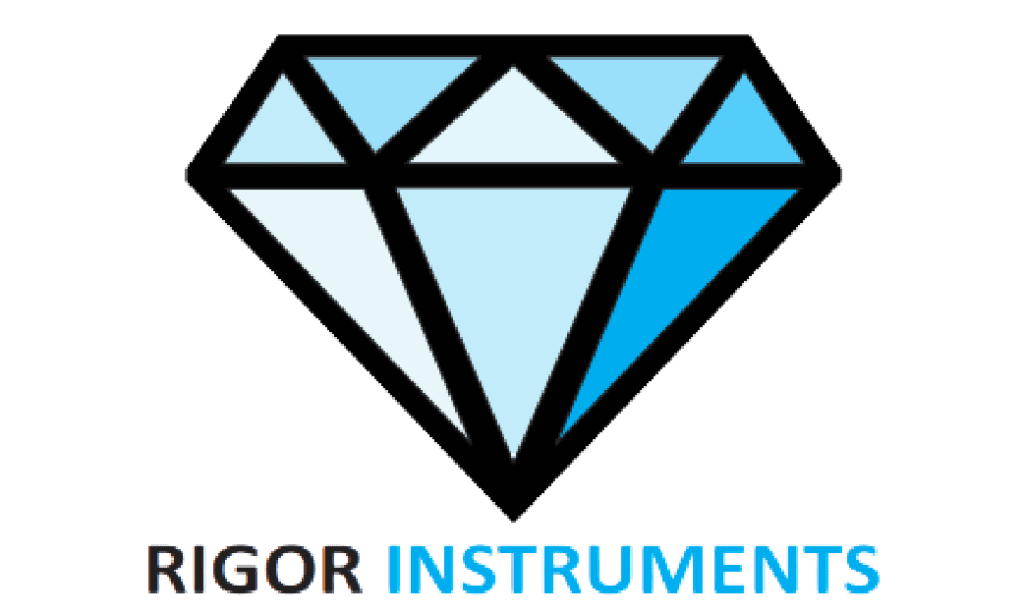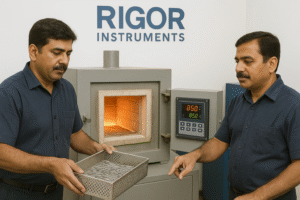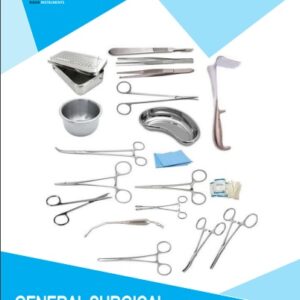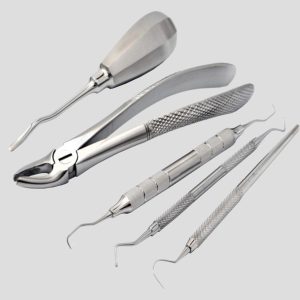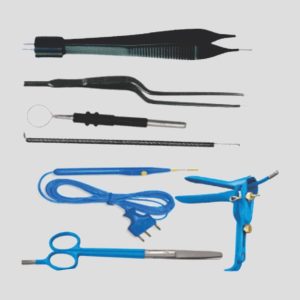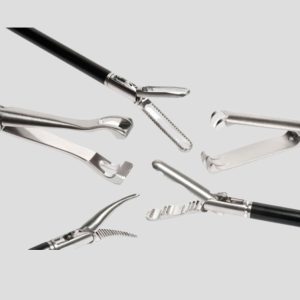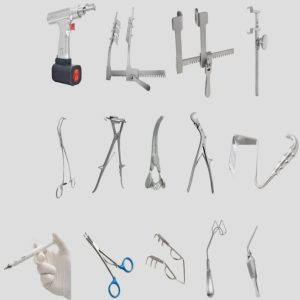Annealing of Surgical Instruments – Purpose & Process
Annealing, especially within a dedicated Rigors Annealing Facility, is a crucial thermal process in surgical instrument manufacturing that improves metal ductility, reduces internal stress, and enhances work ability—especially before or between machining, forging, or cold forming steps.
Why Annealing is Important for Surgical Instruments
Stress Relief
Removes internal stresses caused by machining, forging, or hardening.
Prevents warping, cracking, or breakage during future use or sterilization.
Improves Workability
Softens stainless steel for easier cold forming, bending, or stamping.
Common before forming clamps, forceps, scissors, and complex parts.
Maintains Metallurgical Integrity
Reduces grain boundary brittleness.
Ensures uniform microstructure, crucial for precision instruments.
Enhances Corrosion Resistance
Makes the surface more receptive to pickling and passivation, improving anti-rust properties.
Annealing Process Overview
| Step | Description |
|---|---|
| 1. Heating | Instruments or raw stainless steel are heated in a furnace at 800–950°C |
| 2. Soaking | Metal is held at temperature for 1–3 hours to allow full transformation |
| 3. Controlled Cooling | Slowly cooled in the furnace or air to prevent thermal shock |
Rigor Instruments’ Annealing Facility
Electric Furnace with programmable temperature cycles (up to 1100°C)
Protective Atmosphere Control (for high-grade tools like micro instruments)
Batch Monitoring System with time–temperature graph logs
Used on 420, 440C, 316L stainless steel, and titanium components
Rigor Instruments – Annealing Machinery List
1. High-Temperature Electric Annealing Furnace
Type: Muffle or Box Furnace
Temperature Capacity: Up to 1100°C
Chamber Size: Custom sizes to accommodate small batches to full-size trays
Features:
PID temperature controller
Multi-zone heating for uniform thermal distribution
Safety interlocks
Usage: For stainless steel grades like 420, 440C, 316L, and titanium
2. Digital Temperature Control Panel
Touchscreen display with programmable time-temperature profiles
Data logging for ISO 13485 & CE traceability
Overheat protection and error alert system
3. Heat-Resistant Stainless Steel Trays & Racks
Material: SS-310 or SS-314 for high-temperature tolerance
Used to organize instruments during annealing without contamination or warping
4. Forced-Air Cooling Chamber (Optional)
Used when controlled cooling is required to avoid rapid temperature drop
Maintains metallurgical grain integrity
Optional nitrogen atmosphere to reduce oxidation for titanium parts
5. Protective Atmosphere System (for advanced setup)
Gas Options: Argon or Nitrogen
Reduces surface oxidation and scaling
Used in high-precision tools (e.g., ophthalmic, micro dissection tools)
6. Post-Annealing QA Equipment
Rockwell/Vickers Hardness Tester: Verifies structural softening
Microscope (Metallurgical): Inspects grain structure
Tensile or bend testers (optional): For mechanical testing of formed blanks
Process Control & Compliance
All annealing cycles are documented and batch-tagged
Fully compliant with:
ISO 13485
CE Marking
ASTM A380/A967 (pre/post pickling/passivation)Please check our page https://rigorinstruments.com/about-us/ to see the level of experience and professionalism .
